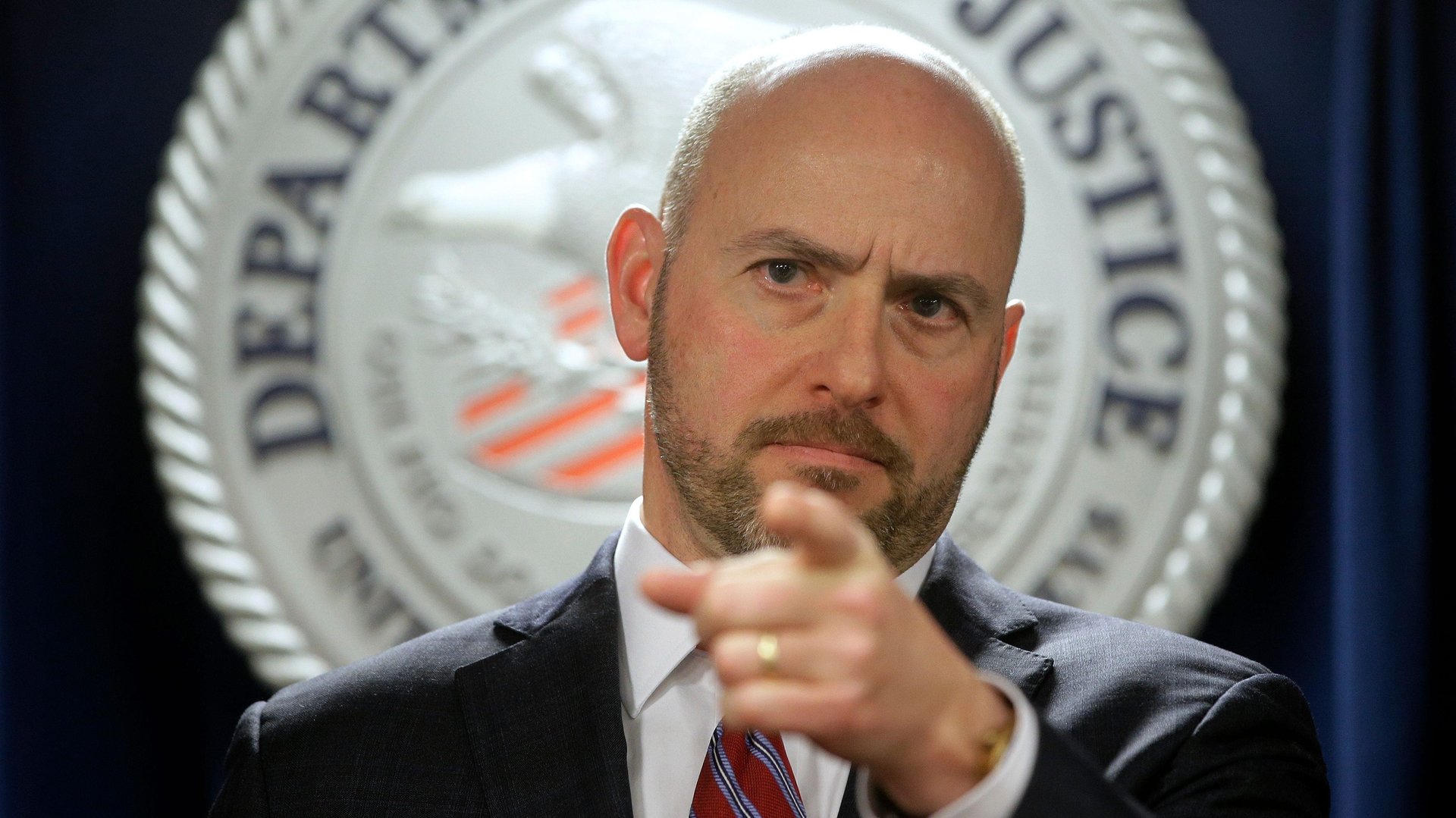Students in the college admissions scam had their heads photoshopped onto athletes’ bodies
Federal authorities released details today (March 12) of what the US Justice Department is calling the largest college-admissions scheme it has ever busted. Prosecutors charged dozens of people, including exam administrators, athletic coaches, and wealthy parents who prosecutors say paid hefty bribes to get their kids into elite schools such as Stanford University and the University of Southern California by circumventing the normal admissions process.


Federal authorities released details today (March 12) of what the US Justice Department is calling the largest college-admissions scheme it has ever busted. Prosecutors charged dozens of people, including exam administrators, athletic coaches, and wealthy parents who prosecutors say paid hefty bribes to get their kids into elite schools such as Stanford University and the University of Southern California by circumventing the normal admissions process.
Some of the details show the great, at times absurd lengths the schemers would go to, such as photoshopping the heads of kids who didn’t play sports onto pictures of athletes to create fake athletic profiles for them. An affidavit (pdf) submitted with the criminal complaint, for instance, describes how the person identified as Cooperating Witness 1, or CW-1—one of the key players in the scam who founded the organizations used to hide the bribery—created the profiles, with the help of the parents involved.
“In some instances, parents assisted CW-1 in creating the fabricated profiles, including by supplying staged photographs of their children engaged in athletic activity,” the document says. “In other instances, CW-1 and 15 his associates simply found photos of athletes on the Internet and either used those photos or used software such as PhotoShop to insert the applicants’ faces onto the bodies of legitimate athletes.”
The profiles were used to get kids into schools via a “side door” involving school athletic teams. According to the affidavit, parents would make charitable donations to a non-profit CW-1 had set up called the Key Worldwide Foundation. Then CW-1, using the foundation, would funnel that money to athletic coaches or university programs the coaches chose, in exchange for the coaches saying they were recruiting the kids as athletes, whether or not they even played sports.
In one recorded conversation between CW-1 and parent William McGlashan, CW-1 explained a plan to help get the son into University of Southern California by faking a profile as a kicker in football. “So I’m gonna make him a kicker,” CW-1 said. McGlashan laughed, and replied, “He does have really strong legs.” CW-1 then said he needed pictures of the son playing different sports, ideally where his face was visible. The conversation continued:
CW-1 It would be helpful because I will Photoshop him onto a kicker.
McGLASHAN (laughs) Okay. Okay. Let me look through what I have. Pretty funny. The way the world works these days is unbelievable.
CW-1 It’s totally cra— like, last year I had a boy who did the water polo, and when the dad sent me the picture, he was way too high out of the water. That nobody would believe that anybody could get that high.
McGLASHAN Yeah—
CW-1 So I told that dad, I said, “What happened?” He said he was standing on the bottom! I said, “No no no no no.”
McGLASHAN Yeah exactly. You gotta be swimming. Exactly.
CW-1 That’s right.